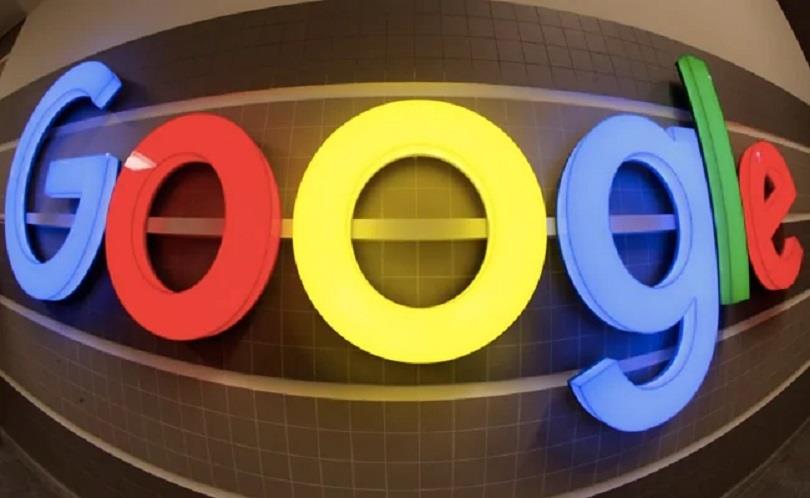
Master Google Performance Max: Cut CPC, Boost Conversions
REPRESENTATIONAL PHOTO
In the rapidly evolving world of digital marketing, Google's Performance Max (PMax) campaigns are becoming a go-to strategy for businesses seeking smarter conversion-driven advertising. In 2025, PMax is more powerful than ever - when used correctly, it can help you lower cost per click (CPC) and boost conversions, especially for local businesses in places like Jayanagar, Bangalore, and across India.
Below is a step-by-step guide (with best practices) to help you harness PMax effectively, along with strategic tips for using it in your local region.
What Is Performance Max and Why It Matters
Google's Performance Max is a unified, goal-oriented campaign type that uses AI and machine learning to deliver your ads across Google's full network: Search, Display, YouTube, Discover, Gmail, and Maps. Instead of focusing on individual keywords or channels, you give PMax your conversion goals, creative assets, and audience signals-and Google's AI handles bidding, placements, and optimization.
As more advertisers shift to automation and AI, PMax is increasingly important in 2025. It can discover conversion opportunities across channels that you might miss manually-and help reduce your average CPC while scaling conversions
However, its power depends heavily on how well you set it up and guide the AI-not just hands-off. Let us dive into how to use it to lower CPC and boost conversions, especially in the context of Jayanagar / Bangalore / India.
Key Steps & Best Practices
1. Define Clear Conversion Goals and Value
The foundation of any successful PMax campaign is defining your conversion goals correctly (e.g., form fills, purchases, calls, etc.). Make sure your conversion tracking is precise, reliable, and uses enhanced conversion tracking or server-side tracking if possible.
If possible, assign conversion values so the algorithm knows which conversions are more valuable. This helps it optimize toward higher-value actions rather than all conversions being treated equally.
Without proper conversion signals, PMax's optimization can go off track and drive up your CPC.
2. Provide Rich Creative Assets & Variety
PMax thrives when it has many strong creative assets to mix and match across channels. Your assets should include:
. Multiple headline options and description text
. High-quality images (various aspect ratios)
. Video assets (even short ones)
. Logos, banners, and supporting visuals
Google's own recommendations suggest“include all possible assets” so the AI has flexibility to test combinations.
Especially in a local market like Jayanagar, Bangalore, use visuals that resonate (local landmarks, regional cues) in ad creatives to improve relevance and click appeal
3. Use Audience Signals Wisely
Although PMax is highly automated,“audience signals” help steer the learning process. You can provide remarketing lists, Customer Match, custom intent audiences, similar audiences, etc.
The AI will still explore beyond those signals, but it will speed up learning and help control where the ads start.
For Bangalore, use local audience signals (people in Bangalore, or those who recently visited your site) to bias the algorithm toward relevant users.
4. Campaign Duration & Patience
One common mistake is judging performance too early. PMax needs time to learn. Google recommends running for at least 6 weeks before making major judgments.
During this learning period, avoid drastic changes. Frequent large edits confuse the algorithm and can push up CPC.
5. Use Negative Keywords / Exclusions (Newer Controls)
One of PMax's limitations historically is less control over search queries and placements. But in 2025, Google has added capabilities like campaign-level negative keywords, brand exclusions, and URL-based rules for product feed campaigns.
Use these controls to block irrelevant queries or placements that inflate CPC or drive poor conversions.
6. Optimize Feed & Product Data (for E-commerce)
If your business is e-commerce or selling products, linking a well-optimized Google Merchant Center feed is critical. Ensure titles, descriptions, images, pricing, and availability are accurate and up to date.
Use custom labels to tag high-priority products (e.g.“best-seller”,“seasonal”) and segment those to guide AI more intentionally.

Legal Disclaimer:
MENAFN provides the
information “as is” without warranty of any kind. We do not accept
any responsibility or liability for the accuracy, content, images,
videos, licenses, completeness, legality, or reliability of the information
contained in this article. If you have any complaints or copyright
issues related to this article, kindly contact the provider above.
Most popular stories
Market Research

- Forex Expo Dubai 2025 Returns October 67 With Exclusive Prize Draw Including Jetour X70 FL
- Xfunded Expands In Dubai, Strengthening Collaborations With Trading Influencers Across Europe
- SPAYZ.Io White Paper Explores Opportunities, Challenges And Ambitions In Payments Industry
- B2BROKER Taps Finery Markets To Power Institutional Crypto OTC On B2TRADER
- Zebu Live 2025 Welcomes Coinbase, Solana, And Other Leaders Together For UK's Biggest Web3 Summit
- Daytrading Publishes New Study Showing 70% Of Viral Finance Tiktoks Are Misleading




















Comments
No comment